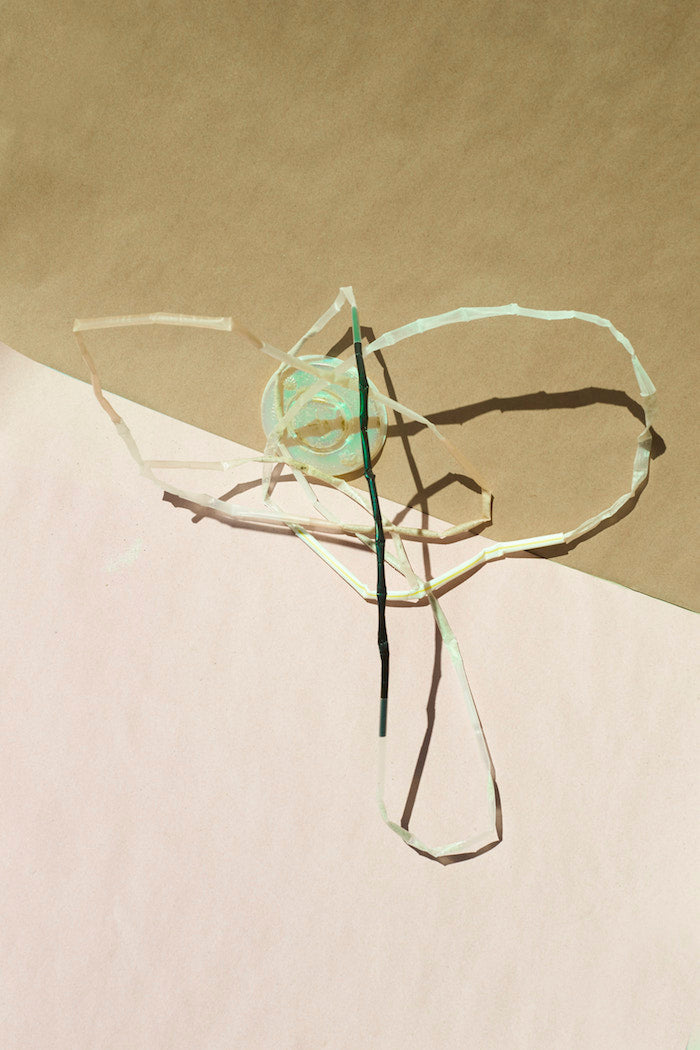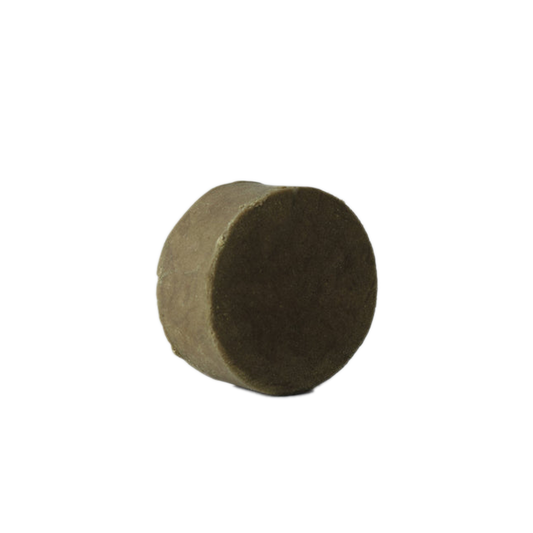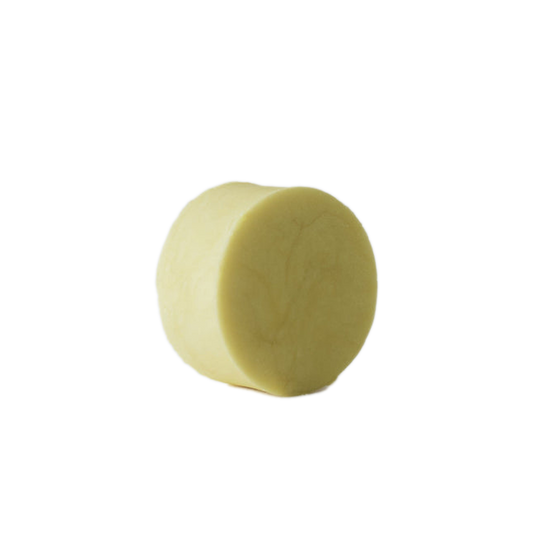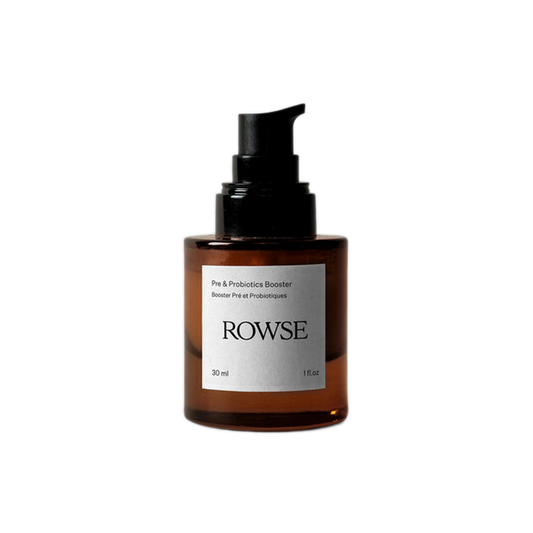This year’s Earth Day 2018 is all about one topic in particular: plastic. It’s no surprise. From the official ban on plastic microbeads in the UK to the government’s pledge to “eliminate all avoidable plastic waste within 25 years”, the subject has been gaining positive momentum. At Glasshouse, we’re in support of the movement gaining traction, however we’re also aware that there is a huge amount to be done. Recent research by Zero Waste Week predicted that if our current level of consumption continues, by 2025 there will be 12 billion tonnes of plastic in landfills - the equivalent to 3,500 Empire State Buildings.
It got us thinking about plastic consumption - particularly within the industry that we know best: the beauty market. Almost 45% of all landfill waste is product packaging, and a lot of that can be traced back to the cosmetic industry and the tubes, tubs and bottles that fill our bathroom shelves. As the natural, organic and sustainable side of the beauty industry has grown, it seems the spotlight has been shining brighter than ever on the materials brands are using to package their products.
BeautyMart founder and previous Glasshouse interviewee Millie Kendall recently spoke to Stylist on the subject, saying “From brands using biodegradable materials such as Ecolean, which is made from chalk, to packaging created from bamboo and seaweed, it’s a movement that’s rapidly growing momentum”.

It’s great to see brands show more care, concern and innovation for not just the ingredients used to make the products, but for what goes on the outside as well. Both online and in the salon, we’re proud of the progressive packaging solutions some of our own brands have used to soften their environmental footprint. Sans [Ceuticals], for example, use PETG packaging which is a “safe and non-leaching form of plastic that’s fully recyclable” as well as vegetable ink for all printing. Skincare brand BYBI Beauty use 100% sugarcane-based biodegradable tubes. Certified organic brand Austin Austin use post consumer recycled bottles and boxes from FSC accredited sustainably managed forests. Honest instead choose glass (their’s is made of 60% recycled materials) or natural muslin for their 100% natural soaps.
The increasing visibility of more environmentally-friendly packaging solutions in the cosmetics world hasn’t appeared in vain. Research from Euromonitor this year found that eco-friendly packaging is more important to consumers than ever, with 25-34 year olds in particular now checking the packaging before purchasing beauty products. If the demand is there, why shouldn’t brands step up?
It all sounds positive. However, it’s important to look at how the beauty industry ended up here to begin with. We’re the first to admit to the thrill of a beautifully packaged product - there’s something evocative about unwrapping a mascara or a moisturiser that has been boxed or bottled in an aesthetically-pleasing way. But as consumer demand for beauty has grown, so has the packaging. It’s not unusual to see plastic wrapping, boxes, inserts, tubes and holders all housing one individual product. Unnecessary packaging contributes to an already unnecessary strain on the environment - the UN has referred to our global plastic consumption as a ‘planetary crisis’.

When it comes to cosmetics, it’s not hard to understand the plastic appeal. The material itself is cheap, easy to shape, strong and durable - ideal for mass-packaging. However it’s estimated that traditional plastic can take up to 1000 years to decompose, either filling up landfill, our environment or making its way into the oceans. It was the impact on our oceans that was behind the decision to ban microbeads (tiny plastic particles used commonly in exfoliators and toothpastes) this year. The synthetic particles pose a threat to aquatic creatures, much like traditional plastic which degrades to pieces small enough to end up in our sea life as well.
So, in beauty, what’s the alternative? Well, although glass is an obviously easy way to package a product sustainably, it can be dangerous (particularly shower-side) and difficult to transport. Many cosmetic brands are instead taking steps to reduce the amount of new plastic created in the world, by using post consumer recycled plastic that is made up of recycled and recyclable materials. Plastic made from renewable materials (for instance ethanol - the natural bi-product of sugarcane) instead of harmful fossil fuels give all the practical perks of plastic, without the scale of environmental damage. We also love the efforts of brands who incorporate refills and replacements in their products - Jane Iredale, for instance, with their handy mineral foundation refills that slot straight into your reusable compact.
Bessie Austin, co-founder of organic brand Austin Austin, has made sustainable packaging a priority: “I feel it’s every company’s responsibility to minimise their impact on the environment. What we are able to do at Austin Austin is use 100% post consumer recycled plastic” explains Bessie, “We extensively researched the alternative options, but felt the most responsible material for shower products at the moment is PCR plastic. Our environmental commitment has made the aesthetic decisions more challenging because the options in a PCR plastic are far reduced. We are very happy though that we were able to find a way forward that is environmentally responsible, functional and carefully designed.”
Luxury organic makeup brand Kjaer Weis have recently launched an initiative with plastic activist Thirza Schaap, where they’re donating $1 to Thirza’s clean up and community programme, Plastic Ocean, for every Instagram post showing how customers are repurposing their Kjaer Weis boxes. Thirza makes art out of washed up plastic she finds on the shore, and uses the pieces to raise money and awareness to help minimise plastic consumption. “I started to create awareness around pollution to try and prevent (or at least reduce) the use of plastic” she explained, “I try to evoke an emotional response from my audience by creating a contradiction. A clash between initial aesthetic attraction and after a second look: repulsion and the realisation of the tragedy trash causes.”
This Earth Day, we’re keeping the focus well and truly fixed on what more we can do to tackle plastic waste in beauty. However, we’re feeling hopeful. With sustainability (finally) sitting at the forefront of the cosmetic industry, it feels like the time is now to confront this issue head-on and come up with genuine, long-term solutions. With a whole raft of brands leading the way, we can’t wait to see what the future holds.
Cover image: Thirza Schaap Words: Lucy Vincent




